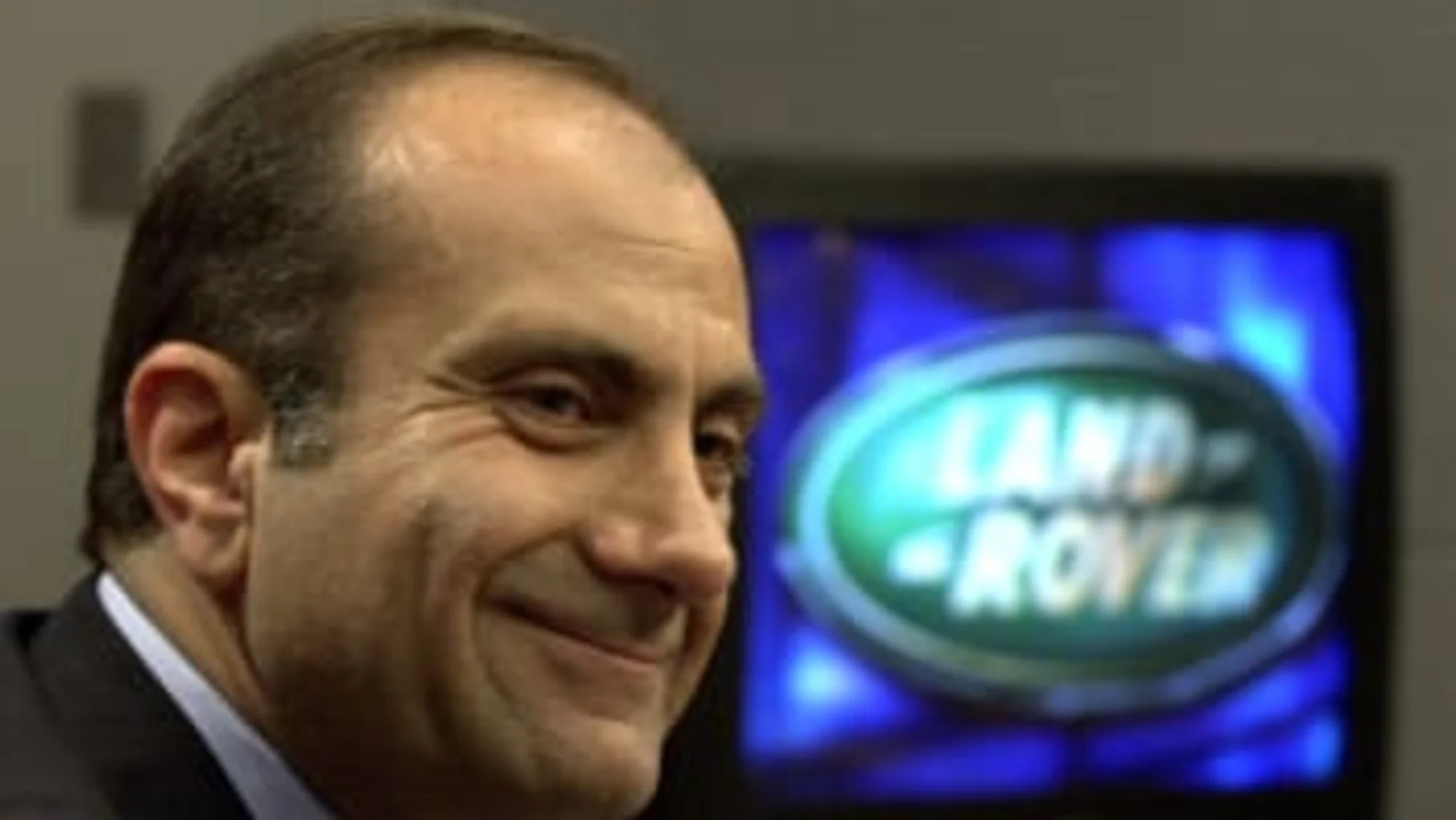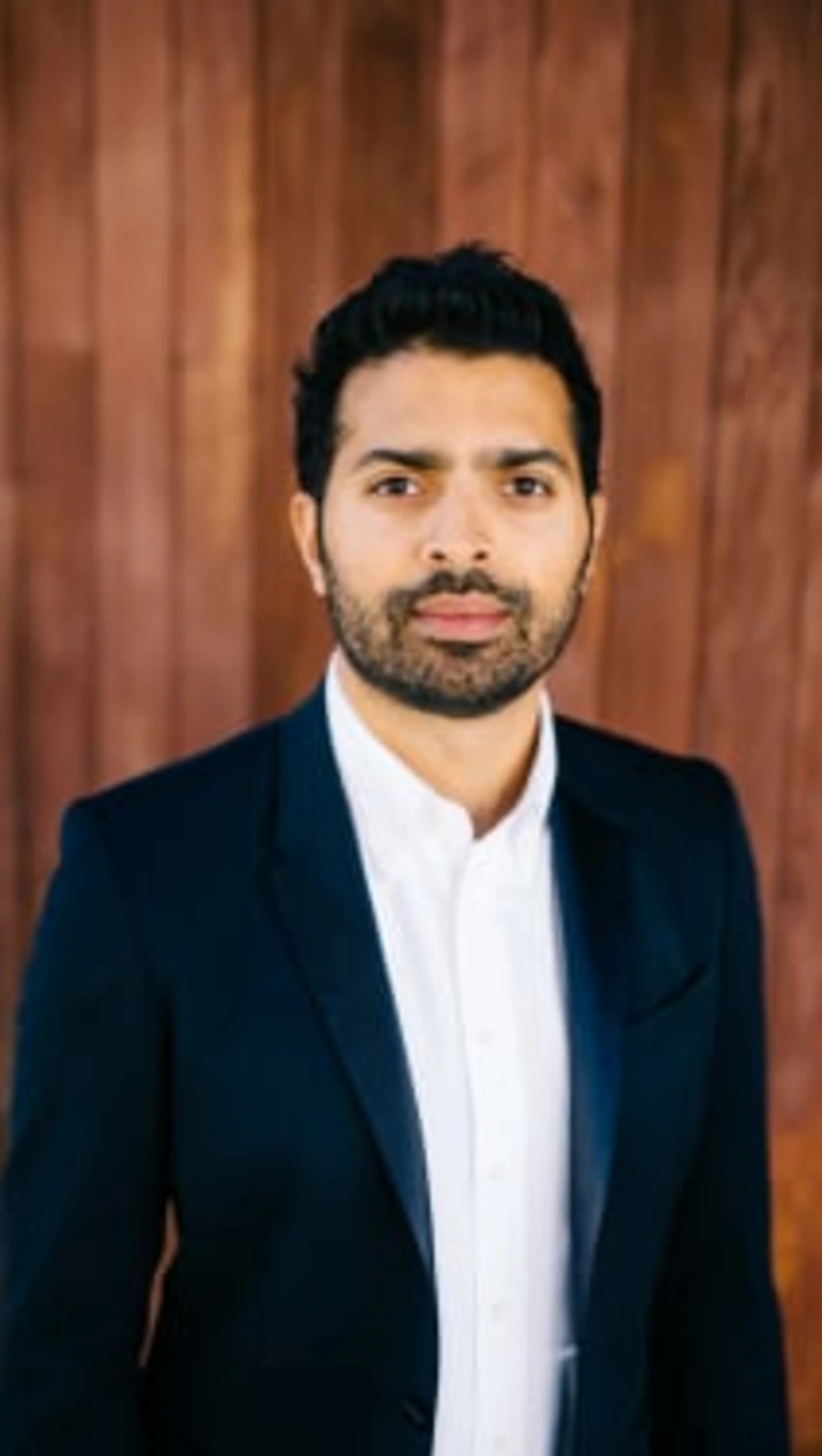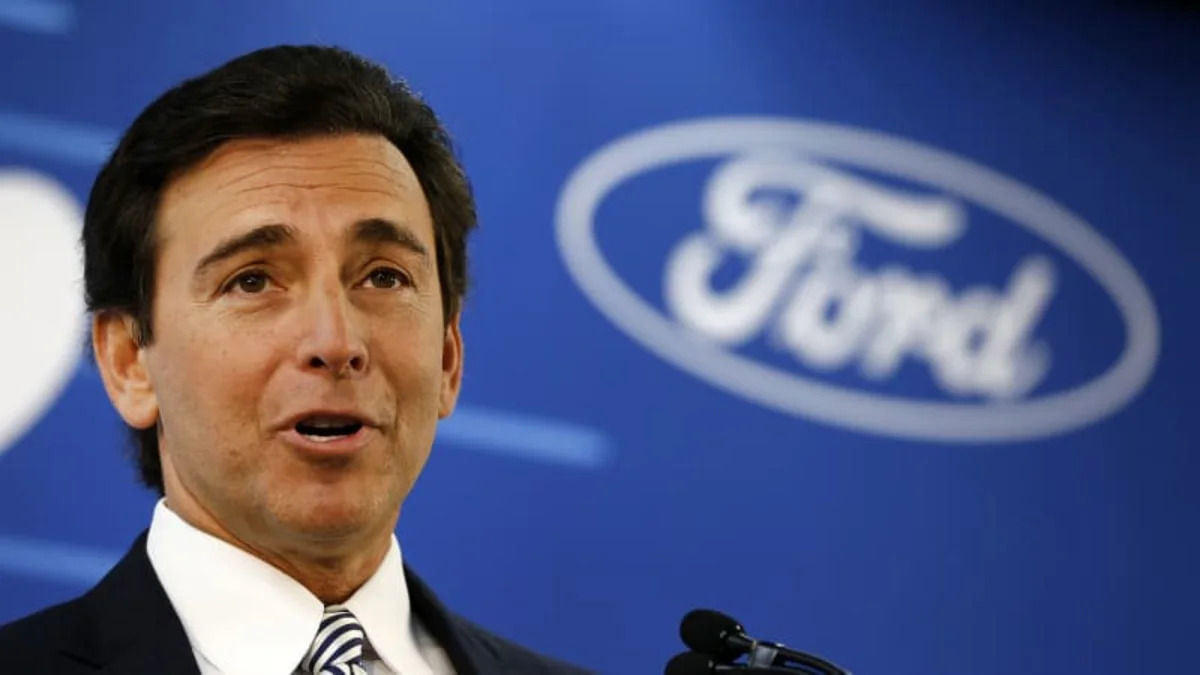It doesn't take a Darwinist to know that any organism that doesn't adapt when conditions change is destined for extinction. So it should come as no surprise that automobile companies are all hell-bent on becoming something else, something more, in the face of an uncertain future of car ownership. They can't stop building cars and trucks, but they can expand and extend the reach of that activity, and I don't mean just making larger and smaller variants or going into the ever-popular but rarely actual "white spaces."
Ford, for example, is stridently pointing out that it is in the process of becoming a "mobility" company. Which, fundamentally, means offering services in the form of things that allow people to get from A to B. At the Automobility LA conference this past November, Mark Fields, Ford president and CEO, said in a presentation: "We're on the cusp of a mobility revolution. And we at Ford are excited about that because we've literally spent more than 100 years getting ready for this moment."
But less than 20 years ago, Ford took steps toward a transformation that would expand its reach from cars and trucks into services. And those steps were, perhaps too precipitously, perceived as a stumble. In January 1999, Jac Nasser, who joined Ford Motor Company in Australia right out of the Royal Melbourne Institute of Technology with a degree in business in 1968, became the corporation's president and CEO. Nasser's climb during the '90s had been predicated in large part by his financial discipline. Or, said another way, his cost-cutting reputation earned the nickname "Jac the Knife."
 When he announced that there were undoubtedly lots of people within the ranks of the organization who had basically retired into their jobs and therefore were subject to dismissal—and we're talking about 10 percent of the managerial staff in any given year—so many people were shaking in their shoes that you'd think an earthquake hit Dearborn.
When he announced that there were undoubtedly lots of people within the ranks of the organization who had basically retired into their jobs and therefore were subject to dismissal—and we're talking about 10 percent of the managerial staff in any given year—so many people were shaking in their shoes that you'd think an earthquake hit Dearborn.
Nasser was also the man who created the Premium Automotive Group. It consisted of Lincoln, Mercury, Jaguar (which Ford acquired in 1990), Aston Martin (which Ford took over in 1991), Volvo, and Land Rover, with the last two being acquired, for $6.45-billion and $2.8-billion, respectively, under Nasser. In retrospect, perhaps PAG wasn't such a bad move. At least not conceptually. The delivery was something else entirely.
However, one of Nasser's biggest ideas was the expansion of Ford into other areas that were related to autos but not about moving sheet metal on dealer floors. He acquired the U.K.-based Kwik Fit chain of muffler and brake shops. He bought junkyards. He was an early proponent of e-commerce and satellite radio. Ford even owned Norwegian EV company Th!nk for a brief time, with plans to sell cars and bicycles under the brand name.
It was about diversification. About offering products—be they small cars or luxury models—as well as services, whether it was a new set of pads or a haul-away of a junker. And it was perceived to be completely outlandish at the time. How dare a car company think that it could be anything other than, well, a car company?
Nasser retired from Ford in October 2001. He was just 53. Executives at that age and experience level don't retire in the automotive world, they "retire." To be sure, there were things during Nasser's short tenure that undoubtedly exacerbated his exit, like the Firestone tire debacle and lawsuits from former managers who felt they were unjustly included in the 10 percent.
But Nasser had it right that Ford needed to expand its scope, something that it is now embracing with more than a modicum of zeal. For example, this week it announced "Ominicraft," the first new brand to come from the Ford Customer Service Division in 50 years. Aftermarket parts. Sort of the thing that you could imagine being on offer at Kwik Fit.
 Ford also announced the hiring of Musa Tariq as vice president and chief brand officer. Tariq, 34, was hired from Apple, where he'd been Global Marketing and Communication director for Retail. As in Apple Stores. Before that: senior director of Social Media and Community at Nike. Tariq is certainly not a "car guy" in any classic sense. Ford explained his hiring "as part of its expansion to an auto and a mobility company and its drive to go further in connecting and engaging with today's consumers."
Ford also announced the hiring of Musa Tariq as vice president and chief brand officer. Tariq, 34, was hired from Apple, where he'd been Global Marketing and Communication director for Retail. As in Apple Stores. Before that: senior director of Social Media and Community at Nike. Tariq is certainly not a "car guy" in any classic sense. Ford explained his hiring "as part of its expansion to an auto and a mobility company and its drive to go further in connecting and engaging with today's consumers."
Which, in effect, was what Jac Nasser was trying to do.
This time around things are different. While there may have been no compelling reason in the early 2000's to be a proprietor of scrapyards, there is every reason—from Uber to Tesla—for Ford to expand the scope of its business. Ford won't stop making cars anytime soon, but they'll be doing along more alongside what the company has "literally spent 100 years" doing.
Related Video:
Ford, for example, is stridently pointing out that it is in the process of becoming a "mobility" company. Which, fundamentally, means offering services in the form of things that allow people to get from A to B. At the Automobility LA conference this past November, Mark Fields, Ford president and CEO, said in a presentation: "We're on the cusp of a mobility revolution. And we at Ford are excited about that because we've literally spent more than 100 years getting ready for this moment."
But less than 20 years ago, Ford took steps toward a transformation that would expand its reach from cars and trucks into services. And those steps were, perhaps too precipitously, perceived as a stumble. In January 1999, Jac Nasser, who joined Ford Motor Company in Australia right out of the Royal Melbourne Institute of Technology with a degree in business in 1968, became the corporation's president and CEO. Nasser's climb during the '90s had been predicated in large part by his financial discipline. Or, said another way, his cost-cutting reputation earned the nickname "Jac the Knife."
 When he announced that there were undoubtedly lots of people within the ranks of the organization who had basically retired into their jobs and therefore were subject to dismissal—and we're talking about 10 percent of the managerial staff in any given year—so many people were shaking in their shoes that you'd think an earthquake hit Dearborn.
When he announced that there were undoubtedly lots of people within the ranks of the organization who had basically retired into their jobs and therefore were subject to dismissal—and we're talking about 10 percent of the managerial staff in any given year—so many people were shaking in their shoes that you'd think an earthquake hit Dearborn.
Nasser was also the man who created the Premium Automotive Group. It consisted of Lincoln, Mercury, Jaguar (which Ford acquired in 1990), Aston Martin (which Ford took over in 1991), Volvo, and Land Rover, with the last two being acquired, for $6.45-billion and $2.8-billion, respectively, under Nasser. In retrospect, perhaps PAG wasn't such a bad move. At least not conceptually. The delivery was something else entirely.
However, one of Nasser's biggest ideas was the expansion of Ford into other areas that were related to autos but not about moving sheet metal on dealer floors. He acquired the U.K.-based Kwik Fit chain of muffler and brake shops. He bought junkyards. He was an early proponent of e-commerce and satellite radio. Ford even owned Norwegian EV company Th!nk for a brief time, with plans to sell cars and bicycles under the brand name.
It was about diversification. About offering products—be they small cars or luxury models—as well as services, whether it was a new set of pads or a haul-away of a junker. And it was perceived to be completely outlandish at the time. How dare a car company think that it could be anything other than, well, a car company?
Nasser retired from Ford in October 2001. He was just 53. Executives at that age and experience level don't retire in the automotive world, they "retire." To be sure, there were things during Nasser's short tenure that undoubtedly exacerbated his exit, like the Firestone tire debacle and lawsuits from former managers who felt they were unjustly included in the 10 percent.
But Nasser had it right that Ford needed to expand its scope, something that it is now embracing with more than a modicum of zeal. For example, this week it announced "Ominicraft," the first new brand to come from the Ford Customer Service Division in 50 years. Aftermarket parts. Sort of the thing that you could imagine being on offer at Kwik Fit.
 Ford also announced the hiring of Musa Tariq as vice president and chief brand officer. Tariq, 34, was hired from Apple, where he'd been Global Marketing and Communication director for Retail. As in Apple Stores. Before that: senior director of Social Media and Community at Nike. Tariq is certainly not a "car guy" in any classic sense. Ford explained his hiring "as part of its expansion to an auto and a mobility company and its drive to go further in connecting and engaging with today's consumers."
Ford also announced the hiring of Musa Tariq as vice president and chief brand officer. Tariq, 34, was hired from Apple, where he'd been Global Marketing and Communication director for Retail. As in Apple Stores. Before that: senior director of Social Media and Community at Nike. Tariq is certainly not a "car guy" in any classic sense. Ford explained his hiring "as part of its expansion to an auto and a mobility company and its drive to go further in connecting and engaging with today's consumers."
Which, in effect, was what Jac Nasser was trying to do.
This time around things are different. While there may have been no compelling reason in the early 2000's to be a proprietor of scrapyards, there is every reason—from Uber to Tesla—for Ford to expand the scope of its business. Ford won't stop making cars anytime soon, but they'll be doing along more alongside what the company has "literally spent 100 years" doing.
Related Video:


Sign in to post
Please sign in to leave a comment.
Continue